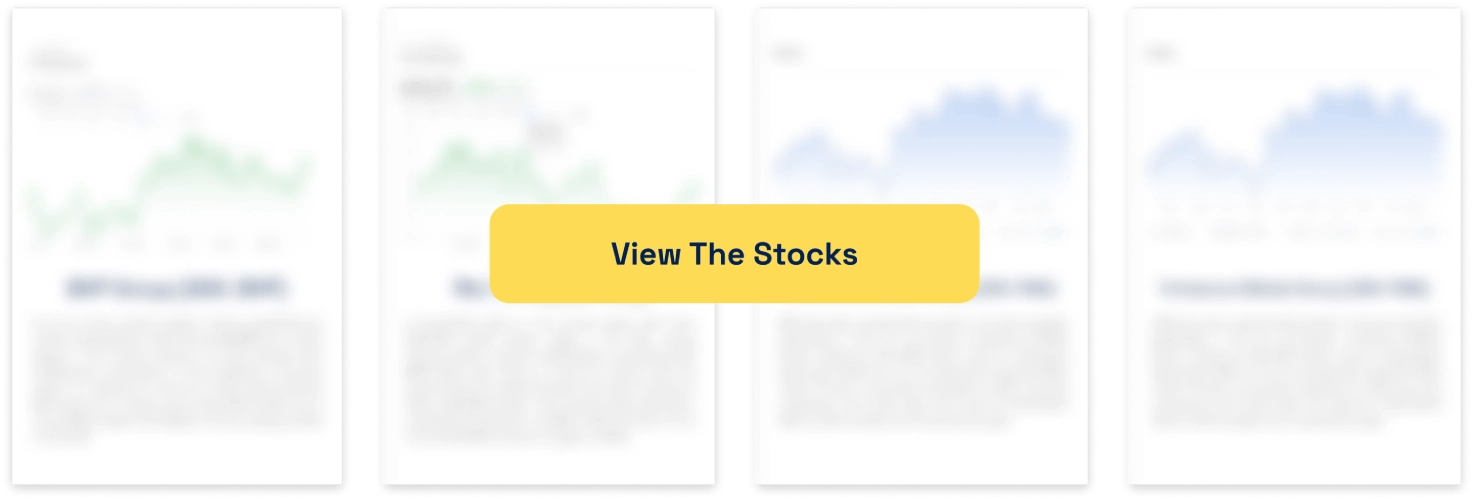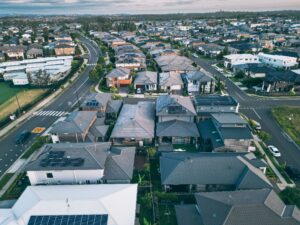DGL Group (ASX:DGL): Will 2025 be better for DGL and its investors?

Poor DGL Group (ASX:DGL). It was a company that ran hard for several months in 2021, but has substantially retreated as inflation has eroded its margins. Is there hope for investors in this company?
DGL Group
DGL (ASX:DGL) is an end-to-end chemicals business operating across Australia and New Zealand.
The company operates through three segments: chemical manufacturing, logistics (which is essentially the storage and handling of hazardous chemicals) and waste management. DGL stands for Dangerous Good Logistics and it was founded in 1999 by Kiwi Rich Lister Simon Henry who owns over 50% of the business.
A rollercoaster ride
This company listed in May 2021 and its share price rose from its IPO price of $1.00 to a high of $4.50 in less than a year due to the company’s successful acquisitions and constant earnings upgrades. It was a good time to be in this business as customers sought to onshore their chemical supply chain.
Soon after DGL’s share price peaked in late April 2022, Mr Henry’s negative comments on a New Zealand public figure went viral on social media and triggered scrutiny on DGL. Some analysts argued this company might just be a classic example of a high P/E-multiple listed company roll-up of low P/E-multiple private companies where the growth only continues so long as the rolling wheel keeps going.
In FY22, it made $369.8m in revenue (up 88%) and a $33.6m NPAT (up 197%). It was able to pass through cost increases without worries. But investors did not receive it well because the company admitted the same earnings growth was unlikely to be replicated to the same extent, and in fact anticipated to flatten.
Investors also began to be concerned about the cost of all these acquisitions. Its net bank debt position grew from $1.1m to $66.2m and that’s even with a significant proportion of it being paid in equity. Equity is out of the question with the share price at the levels it is now.
DGL didn’t do that bad in FY23 and FY24. Well, it wasn’t going too bad until a trading update in mid-June 2023 when which it downgraded its EBITDA guidance from $71.5-73.5m to $64-66m. Ouch. Although its revenue forecast was met, cost increases eroded margins. It made 6 acquisitions, but 70% of the growth was organic (i.e. without the acquisitions). Its FY23 revenue ultimately was $466m (up 26%), its EBITDA was $64.1m (up 27%) and NPAT was $19.2m (down 31%). In FY24, revenue and EBITDA were about the same ($465.1m and $63.7m) although its NPAT fell 19% to $14.1m. A further 5 acquisitions were completed.
Obviously a far cry from the high-growth business it was made out to be. DGL Chair Tim Hosking said at November 2024’s AGM that the FY24 result was solid, ‘despite a weaker economic environment, increased cost pressures, ongoing supply chain issues, and volatility in agriculture commodity pricing’. He told investors he believed a turnaround would occur when earnings grew again, and promised acquisitions would only be done where ‘we can see both strategic and financial benefits for the group’.
At the same meeting CEO Simon Henry was quick to point out that the company was a bigger one with 85 sites (vs 26), 5,000 customers (vs 1300 pre-IPO), 800 staff (instead of 280), revenue of $466m (up from $180m) and EBITDA of $65m (up from $19m). In terms of guidance, the company expects a modest increase in gross margin for the half year and for EBITDA to be flat. Unfortunately, NPAT was tipped to be lower in the first half due to increased depreciation, amortisation and writedowns as the company shifted premesis and updated its IT.
Consensus for the full FY25 expects $499.3m revenue, $67.4m EBITDA and a $17.1m profit, all somewhat positive improvements. But if the prior guidance is right, this will mean the positive traits of the result will be skewed to the second half, and the first half may not be so good. For FY26, analysts expect continued improvement with $535.9m revenue, $73.8m EBITDA and a $20m profit.
Our strategy with DGL
We think if DGL is to rebound, it won’t be until investors see that it can grow organically and that it can maintain margins by passing on increases to customers.
Our internal models in the past (which we have not update for a while) illustrate that this could be worth over $2 a share if it meets future consensus estimates. But of course, the market is a strange machine – swinging upward in recent weeks over views that a ‘soft landing’ was now a fait accompli when it isn’t, all the while not giving DGL any of the credit.
We believe DGL is a quality business with a long-term track record, but it has some work to do in order to improve its reputation with investors.
What are the Best ASX Stocks to invest in right now?
Check our buy/sell tips

Blog Categories
Get Our Top 5 ASX Stocks for FY26
Recent Posts
Diversifying Portfolios with ASX Consumer Stocks: Opportunities and Risks
The ASX 200 has delivered significant volatility recently, and market participants observing the screens in 2025 understand the turbulence firsthand.…
Is Lendlease (ASX:LLC) out of the doldrums for good?
Lendlease (ASX:LLC) has for the past several years been the classic definition of a ‘value trap’. You think a good…
Here are the 2 most important stock market taxes that investors need to be aware on
As one of two certainties in life, investors need to be aware of stock market taxes. Investors may be liable…


